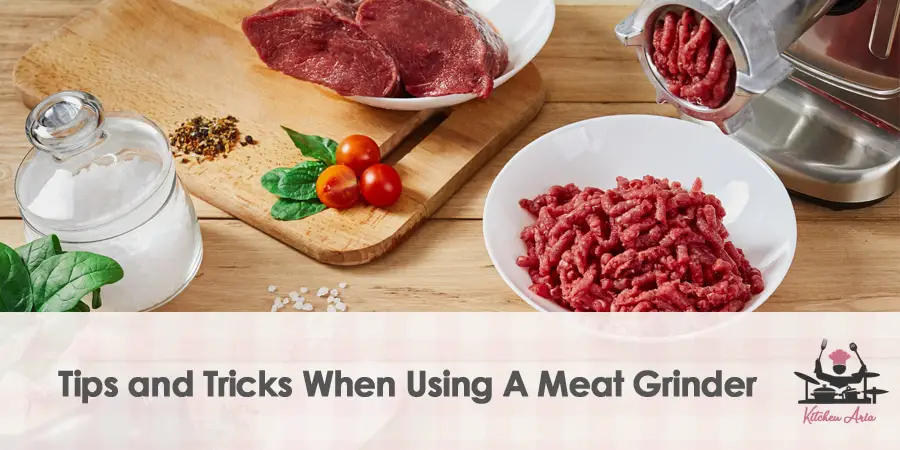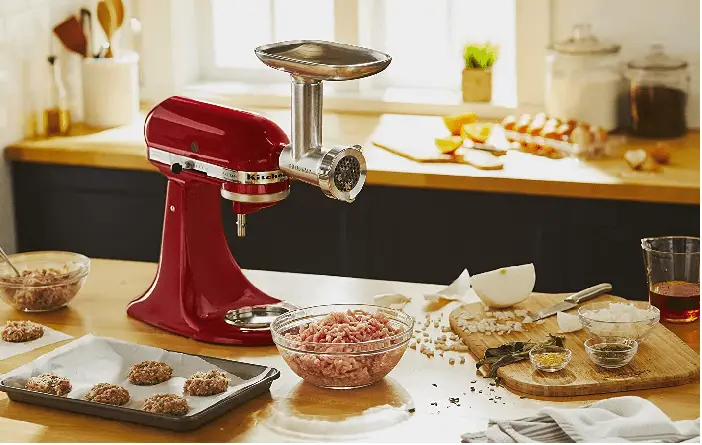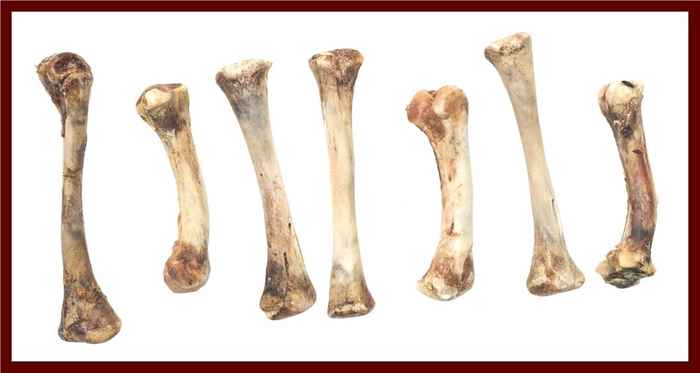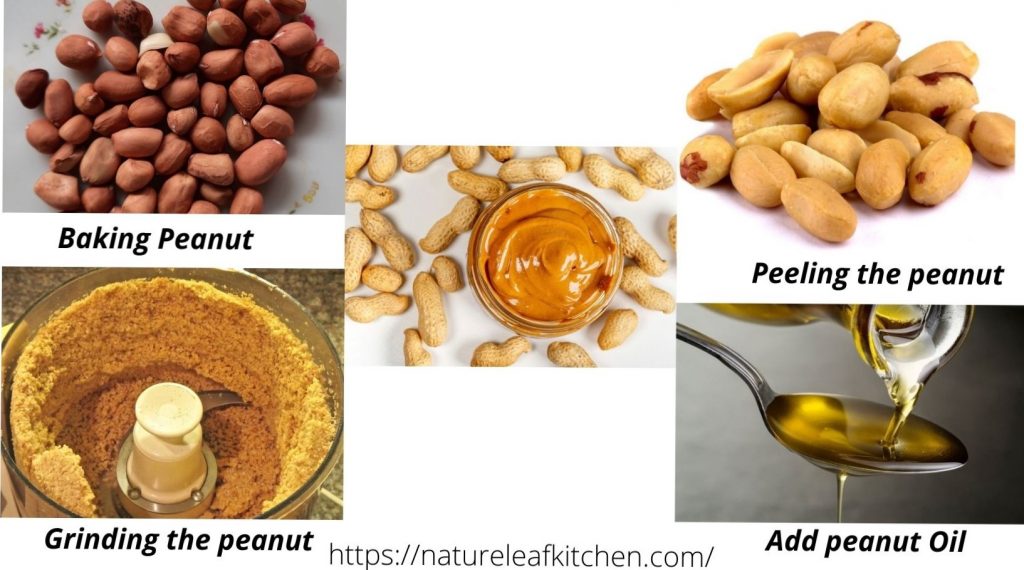When it comes to using a meat grinder, there are some tips and tricks that can make your experience much smoother and more efficient. One surprising fact is that using cold meat produces better results as it prevents the fat from melting and ensures a firmer texture. So, next time you’re preparing ground meat, give it a try by chilling it in the freezer for about 30 minutes before grinding it.
Understanding the history and background of meat grinders can provide valuable insight into their optimal usage. Meat grinders have been around for centuries, with the first known version dating back to ancient Rome. Today, modern meat grinders have become an essential kitchen tool for those who prefer to grind their meat for various reasons, including quality control and cost savings. Studies have shown that grinding your meat can save you up to 50% compared to buying pre-packaged ground meat. So not only does using a meat grinder give you control over the ingredients, but it can also help you save money in the long run.
When using a meat grinder, follow these tips for optimal results. First, ensure that the meat is chilled before grinding to avoid mushy texture. Second, cut the meat into small pieces for easier grinding. Third, use the coarse grinder plate for a coarser texture and the fine plate for a finer texture. Finally, clean the grinder thoroughly after each use to prevent contamination. With these tips in mind, you’ll be able to achieve the perfect ground meat every time.

Tips and Tricks When Using A Meat Grinder
Are you looking to up your meat-grinding game? Whether you’re a seasoned chef or an amateur cook, using a meat grinder can be a game-changer in your kitchen. But to achieve the best results, you need to know the tips and tricks that will make your meat-grinding experience a breeze. In this article, I’ll share some valuable insights and techniques to help you master the art of using a meat grinder like a pro.
1. Choosing the Right Meat
The flavor and texture of your ground meat largely depend on the type of meat you choose. When selecting meat for grinding, opt for cuts with a good balance of fat and lean meat. This will ensure that your ground meat is flavorful and moist. Some popular options include chuck roast, sirloin, and pork shoulder.
Additionally, it’s essential to keep your meat cold before grinding. This helps maintain the integrity of the fat, resulting in a better texture and taste. Before grinding, pop your meat in the freezer for about 30 minutes to get it nice and firm, but not frozen solid.
2. Preparing the Meat and Grinder
Before you start grinding, it’s crucial to prepare the meat and the grinder for optimal results.
First, trim any excess fat or connective tissue from the meat. This helps prevent clogging and ensures a smoother grinding process. Then, cut the meat into small, manageable pieces that fit through the grinder’s feeding tube easily.
Next, assemble your grinder according to the manufacturer’s instructions. Make sure all the parts are clean and in good working condition. This will prevent any contamination and ensure a hygienic grinding process.
3. Grinding Techniques and Tips
Now that you’re ready to start grinding, here are some techniques and tips to enhance your meat-grinding experience:
a) Use the Right Grinding Plate
The grinding plate you choose will determine the coarseness or fineness of your ground meat. For a standard ground beef consistency, a medium grinding plate with 1/4-inch holes is ideal. If you prefer a finer grind, opt for a plate with smaller holes.
On the other hand, if you’re grinding meat for sausages or other recipes that require a coarser texture, a plate with larger holes will do the trick.
b) Keep the Meat and Equipment Cold
To maintain the quality of your ground meat, it’s important to keep both the meat and the grinder cold throughout the process. Cold meat is easier to handle and less likely to become mushy. Similarly, a cold grinder helps maintain the fat’s integrity, resulting in a better texture and flavor.
If you’re grinding a large batch of meat, it’s a good idea to chill the grinder periodically. Simply place the grinder parts in the refrigerator for a few minutes between grinding sessions.
c) Control the Speed
When grinding meat, it’s important to maintain a steady and controlled speed. Too fast, and you risk overheating the meat and damaging the motor. Too slow, and the meat may get stuck or not grind evenly.
Apply even pressure on the meat as you feed it into the grinder and maintain a consistent pace. This will ensure a smooth and efficient grinding process.
4. Cleaning and Maintenance
Proper cleaning and maintenance of your meat grinder are essential to ensure its longevity and prevent any potential contamination.
After each use, disassemble the grinder and wash the parts with warm soapy water. Pay extra attention to the grinding plate, blade, and feeding tube, as these are the areas most likely to harbor bacteria.
Allow the parts to air dry completely before reassembling and storing them in a clean, dry place.
5. Follow-Up Question: How Can I Prevent Clogging in my Meat Grinder?
Dealing with a clogged meat grinder can be frustrating and time-consuming. However, there are several measures you can take to prevent clogging:
a) Trim Excess Fat
Trimming excess fat from the meat before grinding reduces the chances of clogging. Fat tends to stick to the grinder’s blade and plate, causing blockages. Removing as much fat as possible ensures a smoother grinding process.
b) Partially Freeze the Meat
Partially freezing the meat before grinding helps keep it firm and reduces the risk of clogging. Cold meat is less likely to smear or gum up the grinder.
c) Cut Meat into Small Chunks
Slicing the meat into small, manageable chunks enables the grinder to process it more efficiently. Large chunks can overwhelm the grinder and lead to clogs.
Conclusion
Using a meat grinder can open up a world of possibilities in your kitchen, allowing you to create custom ground meats and experiment with different flavors. By following these tips and tricks, you’ll be well-equipped to make the most out of your meat grinding experience. Remember to choose the right meat, prepare the meat and grinder properly, use the appropriate grinding techniques, and maintain your equipment through regular cleaning and maintenance. Happy grinding!
Tips and Tricks When Using A Meat Grinder
- Always choose fresh meat for grinding to ensure the best flavor and texture.
- Make sure the meat is chilled before grinding to prevent it from becoming too soft or sticky.
- Trim any excess fat or connective tissue from the meat before grinding to avoid clogging the grinder.
- When grinding, alternate between coarse and fine plates to achieve the desired texture.
- Clean your meat grinder thoroughly after each use to prevent the buildup of bacteria.
Frequently Asked Questions
Here are some commonly asked questions and answers about tips and tricks for using a meat grinder.
1. How do I ensure the meat is properly chilled before grinding?
It is crucial to keep the meat chilled before grinding it. Start by cutting the meat into small chunks and placing them in the freezer for about 30 minutes. This will help firm up the meat, making it easier to grind. Additionally, make sure the grinder itself is also chilled by placing it in the freezer for a short period.
By keeping the meat and the grinder cold, you prevent the fat from melting and smearing, which can negatively affect the texture of the ground meat. Remember, the colder the meat, the better the grinding results.
2. Can I grind frozen meat using a meat grinder?
While it is generally recommended to grind chilled meat, grinding frozen meat is also possible. However, before grinding frozen meat, it is important to let it partially thaw in the refrigerator to ensure even grinding. Additionally, when grinding frozen meat, you may need to adjust the grinder settings or use a smaller grinding plate to achieve the desired consistency.
Always remember to follow the manufacturer’s instructions for your specific meat grinder, as some models may have limitations or recommendations regarding the use of frozen meat.
3. How can I prevent clogging in the meat grinder?
To prevent clogging in your meat grinder, it is important to trim off any excess fat, sinew, or gristle from the meat before grinding. These tough parts can cause the grinder to clog or become difficult to operate. Additionally, make sure to cut the meat into smaller pieces that can easily pass through the grinder’s feed tube.
If you notice the grinder starting to clog while grinding, try alternating between grinding the meat and pushing a small piece of bread through the grinder. The bread will help clean out any residual meat and fat, preventing clogging.
4. What is the best way to clean a meat grinder?
Proper cleaning is essential to maintain the performance and longevity of your meat grinder. After each use, disassemble the grinder and wash all the components with warm, soapy water. Use a brush or a cloth to remove any stubborn meat residues.
Ensure that all parts are thoroughly dried before storing or reassembling the grinder. Some parts, like the cutting blade and grinding plates, may need occasional oiling to prevent rusting. Refer to the manufacturer’s instructions for specific cleaning and maintenance guidelines.
5. How can I avoid overworking the meat when using a meat grinder?
To prevent overworking the meat, it is important to use the appropriate speed and avoid excessive grinding. Start by grinding the meat using a coarse grinding plate, and then pass it through the grinder again using a finer plate for the desired texture.
Avoid running the grinder for extended periods without breaks, as this can generate heat and affect the texture of the meat. If you notice the meat becoming warm or the grinder motor straining, give it a rest and allow it to cool down before continuing.
Grind Your Meat: 3 Pro Tips from a Butcher
In conclusion, using a meat grinder can be a great way to prepare your ground meat at home. Here are some tips and tricks to help you get the most out of your meat grinder.
First, make sure your meat is cold before grinding to prevent it from becoming mushy. Additionally, trim off any excess fat or connective tissue for a better texture. It’s also important to choose the right plate size for your desired consistency and to avoid overloading the grinder to prevent clogs. Lastly, clean your grinder thoroughly after each use to maintain hygiene.




